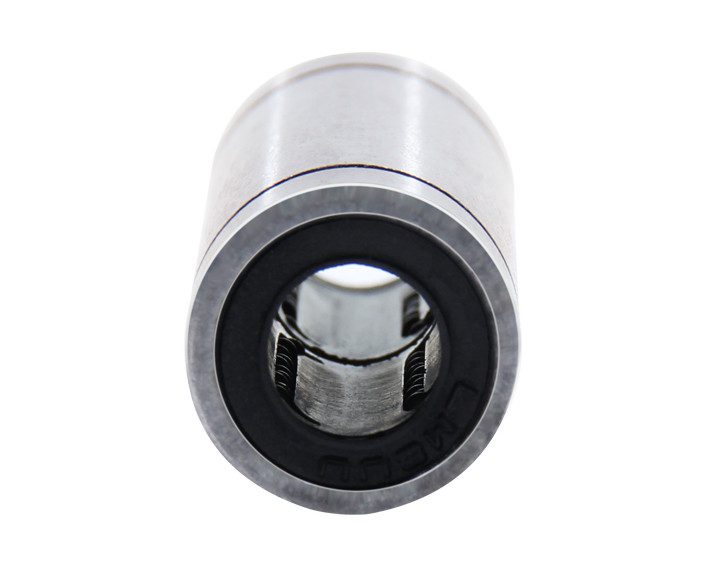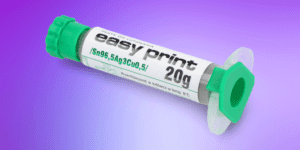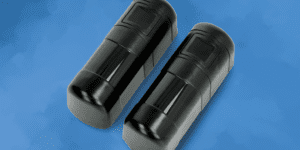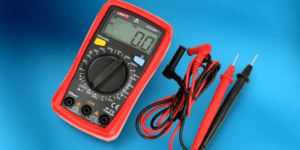Spis treści:
- 1 Linear bearing - basic information
- 2 Construction and principle of operation of the linear bearing
- 3 Types of linear bearings
- 4 Which linear bearing to choose?
- 5 Application of linear bearings in 3D printers
- 6 Linear bearings in 3D printers - additional information
- 7 Application of linear bearings in CNC machines
- 8 Linear bearings - how are they manufactured?
A linear bearing is a mechanism that allows smooth and precise movement of various types of objects along linear axes.
Linear bearing - basic information
Linear bearings are widely used in industrial automation, medicine, as well as in various fields of engineering and technology. They can be found in CNC machines, 3D printers and conveyor systems, among others.
Linear bearings are characterized by very high precision and smoothness of movement and above-average load resistance. In addition, they are known for their durability and long life (if properly maintained).
Construction and principle of operation of the linear bearing
A linear bearing consists of an outer housing and an inner sliding element that can move along an axis. The two are synchronized by balls, rollers or other mechanisms that reduce friction and allow smooth movement.
Types of linear bearings
By construction, there are several types of linear bearings. The most popular of these are linear bearings on wheels used as rolling elements. They are characterized by good quality and affordable price. Their design allows them to be installed in a variety of configurations, so they can be easily adapted to project needs. The second group is linear roller bearings. Variants of this type are distinguished by their high wear resistance and load resistance.
A separate group is linear plain bearings, which do not have rolling elements. These mechanisms are designed to maintain high friction resistance for a long time.
Which linear bearing to choose?
Choosing the right type of linear bearing depends on several factors. One of them is the range of motion. Take into account the appropriate amount of free space (e.g., in the housing of the device) necessary for proper operation of the bearing (including extreme positions and spare).
Other factors are the level of load and intensity of use. In addition, consider the type of load (static or dynamic) and the expected accuracy of operation. Bearings with very high precision and smooth operation are more expensive than standard models.
It is also worth remembering that bearings require regular maintenance and lubrication with the appropriate preparations (recommended by the manufacturer). Linear bearings should not be used in rooms with periodic or permanent high dust levels. Exceptions to this rule are models whose housings are certified airtight.
Application of linear bearings in 3D printers
Linear bearings are commonly installed in 3D printers of virtually every brand. Their task is to ensure the smooth and, above all, precise operation of moving parts. They play a key role, among others. in the operation of the working platform of the 3D printer, the print head and the feeder responsible for supplying the filament. In addition, they are an integral part of the mechanisms responsible for controlling and positioning the X, Y and Z axes.
Precise operation of bearings and, consequently, moving parts is essential for accurate application of successive layers of work material (e.g., filament). The bearings directly affect the quality and detail of the prints, as well as the speed of the 3D printing device.
Linear bearings in 3D printers - additional information
What else do linear bearings affect? First of all, they eliminate backlash and all kinds of instability that can lead to printing errors. In addition, they reduce friction to a minimum and ensure smooth and fast operation of bearing components.
Another feature is to reduce vibration, which directly affects the quality of printed parts. The task of linear bearings is to reduce the level of vibration as much as possible to a degree that will not affect the final design. In addition, properly selected bearings can increase the speed of printing while maintaining the high quality of printed parts.
Application of linear bearings in CNC machines
Linear bearings are commonly installed on CNC machines, or computer-controlled machining equipment. They ensure smooth and precise operation of bearing-mounted moving parts. In addition, they directly affect the accuracy of the movements not only of the cutting head, but also of the cutter, drill and other moving parts. Linear bearings ensure accurate operation of machine parts along the X, Y and Z axes.
Properly selected linear bearings allow machine components to move quickly. In daily use, this means reduced processing time. In addition, they ensure that friction is minimized, which is crucial for smooth movements. In CNC machines, this property clearly translates into machining quality, as well as tool life. Linear bearings installed in CNC machines have a direct impact on the mechanical stability of the machine. Stability is crucial for high precision machining of materials of varying hardness.
Linear bearings - how are they manufactured?
Linear bearing manufacturing is an advanced technological process that requires high-precision operation. In the first stages, design is performed using CAD software. It allows you to take into account all variables in the design, such as load capacity, wear resistance, dimensions and more. In addition, computer software allows for digital simulations and tests.
The designed model is tested under various loading and movement conditions. Through tests of this type, you can learn about the strengths and weaknesses of the project. In the next stage, materials are selected for future production of linear bearings. Stainless steel is very popular, distinguished by its high strength and resistance to external factors, including moisture.
The next steps include cutting, grinding and polishing. With these techniques, it is possible to achieve high dimensional precision and a very smooth surface. The materials are then heat-treated to increase hardness and for quality control.
How useful was this post?
Click on a star to rate it!
Average rating 0 / 5. Vote count: 0
No votes so far! Be the first to rate this post.







